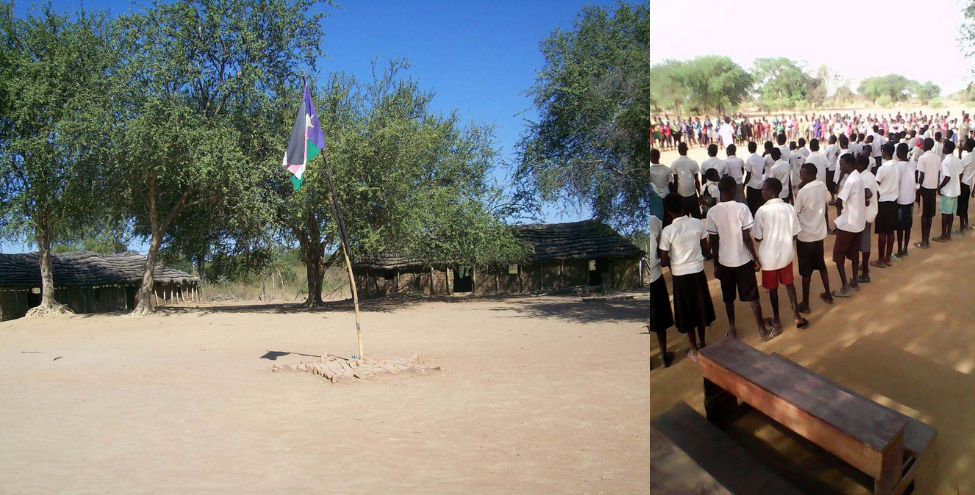J943N Timpir Quality School
South Sudan, Africa
In partnership with Timpir


The Situation
- Approximately 2 per cent of people in South Sudan have completed primary education. However, the majority of those who can access education are in towns and cities. Access to formal education in rural and regional areas of South Sudan is virtually non-existent, particularly in war-torn border areas. For subsistence farming families, accessing schools in towns and cities means leaving their livelihood and living in slums and informal settlements in towns with limited means of earning a living for their children to attend schools. Further, the demand for schooling is limited by families’ needs for their children to form part of the workforce in gathering firewood, fetching water, looking after livestock, assisting with farming duties. Since 2007, Timpir – South Sudan has been supporting local schools in rural areas of South Sudan to improve access to education for those living in rural areas. Currently Timpir-South Sudan operates two primary schools in rural communities, one in Waramoth village and the other in Mabok village.
- While boys are involved with livestock care, cultivation and harvesting, this takes place for only a few months of the year. Girls, on the other hand, are required daily to assist their families by looking after younger children, fetching water, fetching firewood, pounding grain, cooking family meals and other daily tasks. This limits the readiness of families to allow the female children to attend school.
- The provision of teaching staff for schools, as a result of the low levels of general education, is extremely difficult. It is estimated that for every 1,000 primary school students there is only one teacher (Office of the UN Resident and Humanitarian Coordinator for the Sudan 2010), and once again these figures would be worse in rural areas. Few teachers in South Sudan have completed secondary school, and access to further education, and in particular teacher education and training, is virtually non-existent.
- In many areas basic schooling is often provided by community members acting as ‘volunteer teachers’ under trees for shade. This means that the schooling is very seasonal and students are unable to attend school during the wet season, and at times when the teacher is required to attend to his subsistence agriculture. Many schools also do not have access to teaching materials such as exercise books, textbooks, blackboards, pens and pencils. Students can frequently be found using sticks to write in the dust.
- Chronic hunger is a major issue in South Sudan. In a society, which is reliant on subsistence farming, changes to weather patterns (including floods and droughts) have severely impacted food production in recent years. Farming methods are rudimentary and labour-intensive, with no access to mechanisation, agricultural chemicals, fertiliser or irrigation. Grain storage is also rudimentary with significant losses to pests and spoilage.
The Objectives
- Provide salaries for teachers and teaching materials
- Hire an additional teacher and liaise with community to ensure provision of a Year 8 classroom
- Procure sufficient food and liaise with community to provide cooks.
J943N

